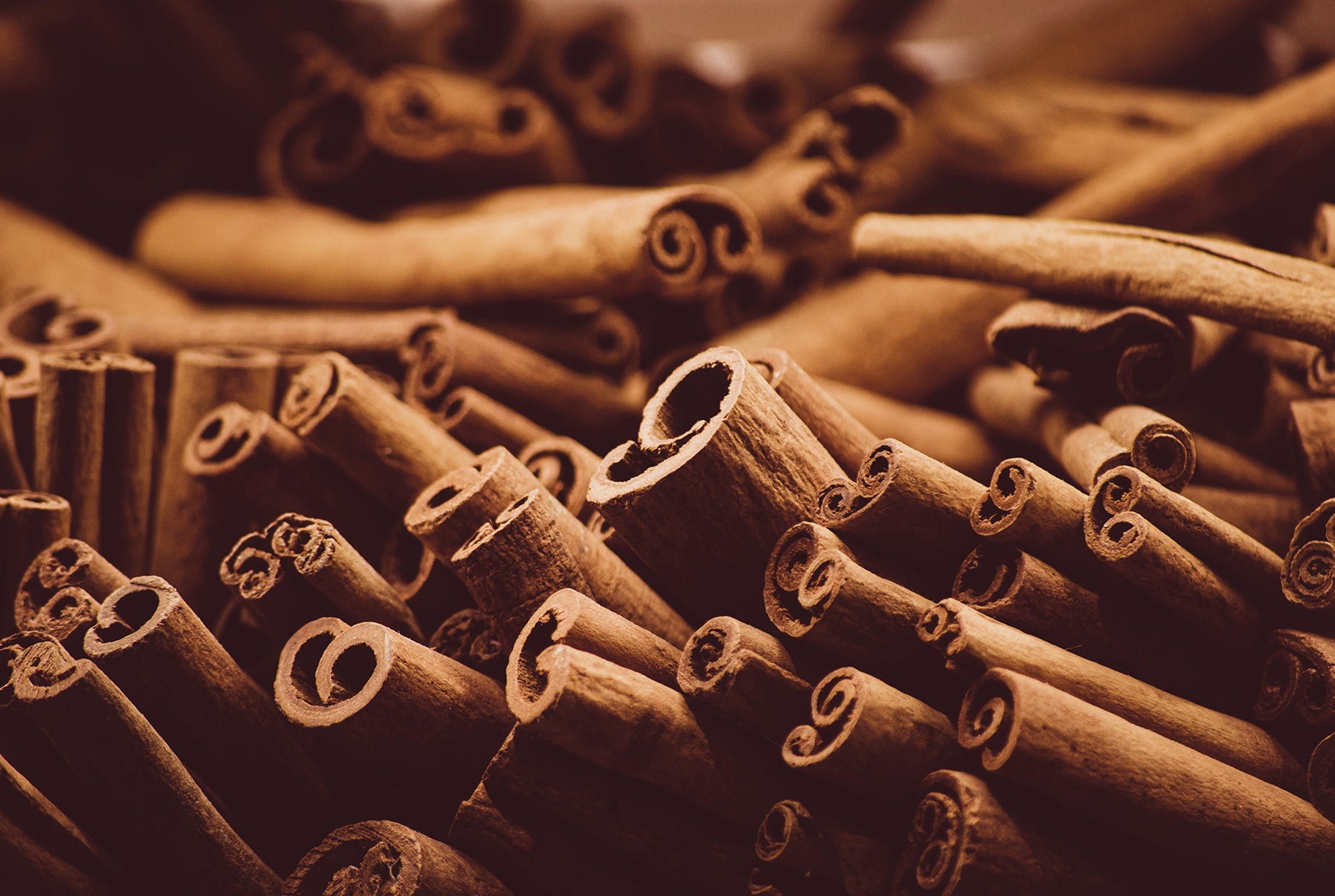
How Cinnamon became the smell of Christmas...
Winter usually means Advent, Christmas, Christmas trees and baubles, chocolates and marzipan - but winter also means cloves, nutmeg, cinnamon, cinnamon, cinnamon and cinnamon. If there only had to be one spice to associate with Christmas, it would be this one. Speculoos, zimtsterne, susumelle, sirupsnipper, gingerbread: all across Europe, Christmas has a distinct taste - and smell - of cinnamon, but why is that so? Why is its scent so representative of this season and not another? Do we eat significantly more of it in winter than we do in summer?

To answer these, one must look back at the origins of cinnamon.
Although its current name dates from the 12th century, cinnamon is, of course, much older. The Shennung, the oldest treatise on Chinese medicine, mentions it as early as the 3rd millennium BC. Its use and trade soon benefitted from the spice routes and cinnamon, passed in Mesopotamia and spread in the Levant. Thus, we find it in the Bible, in regards to its fragrance – as in the Psalms, or the Song of Songs – and sometimes in regards to its value – Job’s daughter being renamed Keziah, i.e. cassia, means she was as precious as the costly spice.
Among the Egyptians, cinnamon was used in embalming rites, until it became a shared symbol of immortality. Theophrastus and Ovid both quoted the legend according to which the mythical phoenix used cinnamon to build its nest, which at the phoenix’s death would become the cradle of its rebirth. This belief led to the popular use of cinnamon in funeral rites, both for its symbolic power and for its fragrance, which helped tame the smell of decaying corpses. The famous episode of Nero ordering that all of Rome’s reserves of cinnamon be burnt on his wife’s funeral pyre attests to a practice widespread through the upper strata of Roman society.
It is partly to this relationship with death, or rather decay, that we owe the presence of cinnamon in all our Christmas biscuits. Rich in polyphenols, cinnamon is a powerful fortifier and antiseptic, two properties that were identified before the Christian era and which justified its use in winter recipes in the European Middle Ages. In the 13th century, Arnaud de Villeneuve lists cinnamon as one of the "winter spices" alongside pepper, cloves and nutmeg. It is therefore no coincidence that this costly spice has woven its way through European winter cuisine and that its fragrance, as a consequence, was associated with this season’s sounds, weather, colours and joys.
The idea that cinnamon was used to cover up the smell of spoilt meat however is nothing but an idea, as most historians agree that in no ways would cinnamon would have been used thusly.
But then, why has cinnamon never become the scent of another season?
Simply because it is too difficult to dissociate it from the end-of-year celebrations. Indeed, a 2009 study showed that the smell of cinnamon was perceived as less pleasant when smelt in summer, proving that collective memory and experience have forced cinnamon not only to be the scent of Christmas, but to be just that, so much so that while Christmas can exist without snow – as most Aussies are aware of – it rarely does so without cinnamon.
This is one of the reasons why it is only smelt as a home fragrance, as few people would want to smell like gingerbread themselves. The other reason is its fragrance itself, since its main molecule, cinnamaldehyde, is highly sensitising and thus very limited in fine perfumes. The mythical Prunol base, with its candied plum signature that gave their characteristic sillage to Rochas' Femme or Serge Lutens' Féminité du Bois, was known to contain quite a large amount of cinnamaldehyde, only for it to be constantly reduced over the past thirty years.
In perfumery today, cinnamon is only used in tiny touches to bring extra warmth to fruity accords, roundness to floral accords, a slight gourmandise to woody accords and one rarely identifies it. You can still smell it in our Ambre 114, where it supports and exalts the sweetness of the Benzoin and Tonka Bean accord, while in 1876, associated with the smokiness of Guaiacwood and the nutty notes of Vetiver, it warms up a chypre structure in which a beautiful Moldavian Rose plays with Bergamot and the cold breath of Oakmoss.
A symbol of rebirth and life triumphing over death, the cradle of the phoenix, the spice of long journeys, it makes sense that cinnamon would finally come to symbolise Christmas, its light, its warmth and its joy triumphing over the cold winter nights...

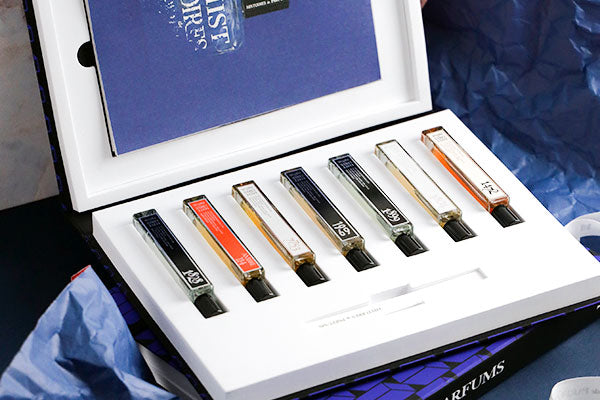
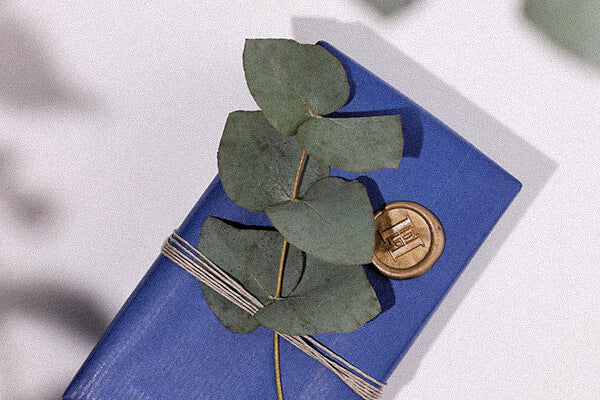
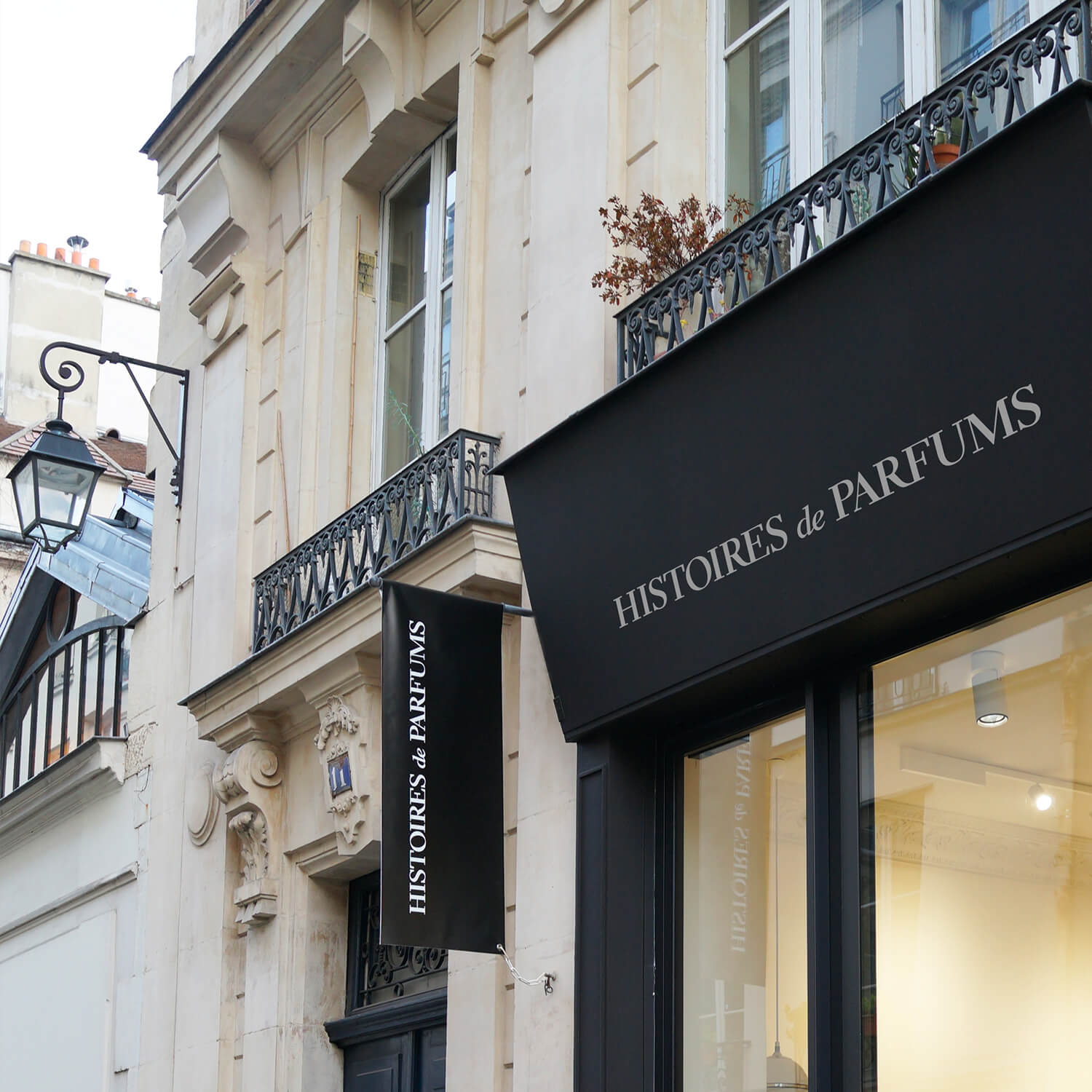
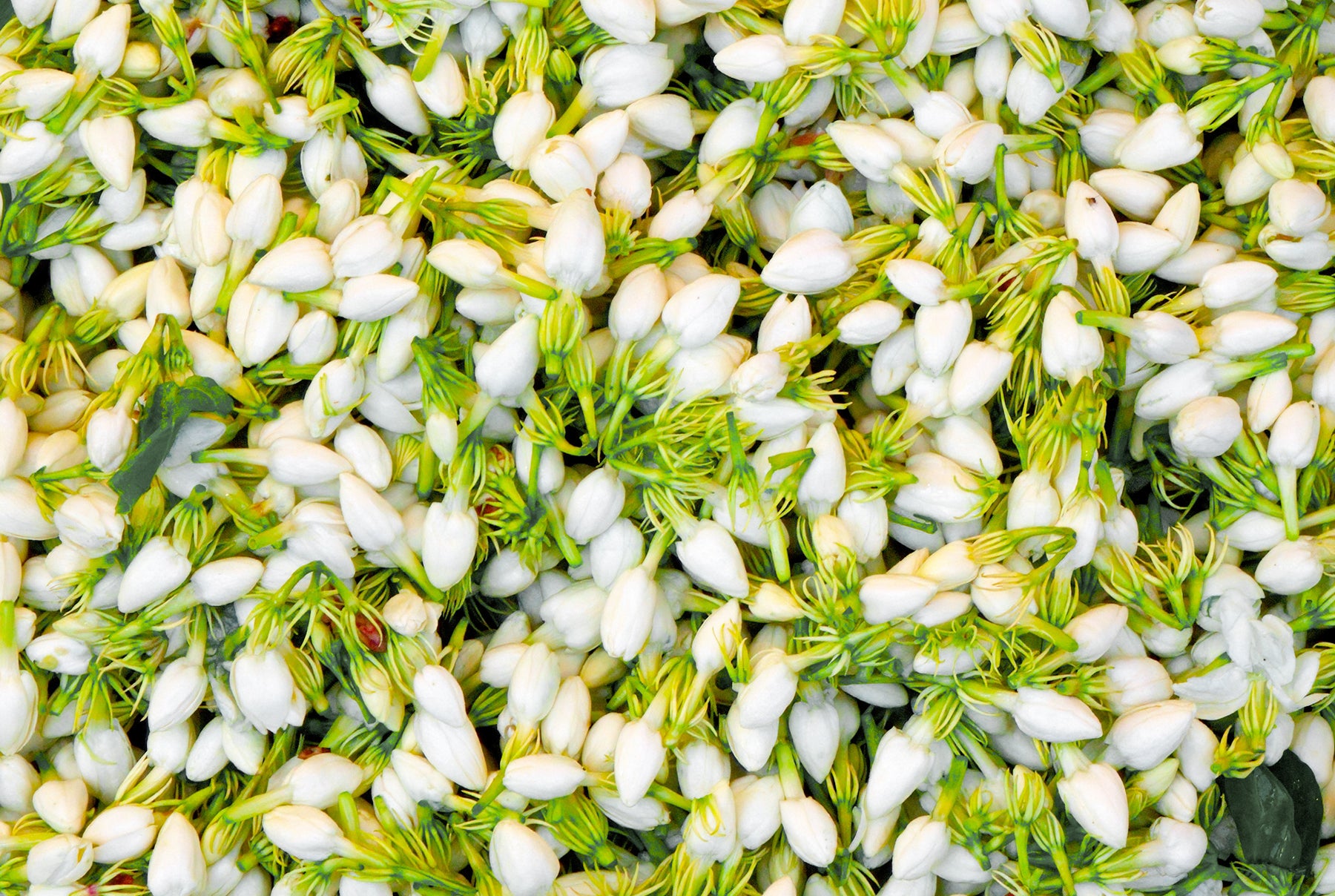
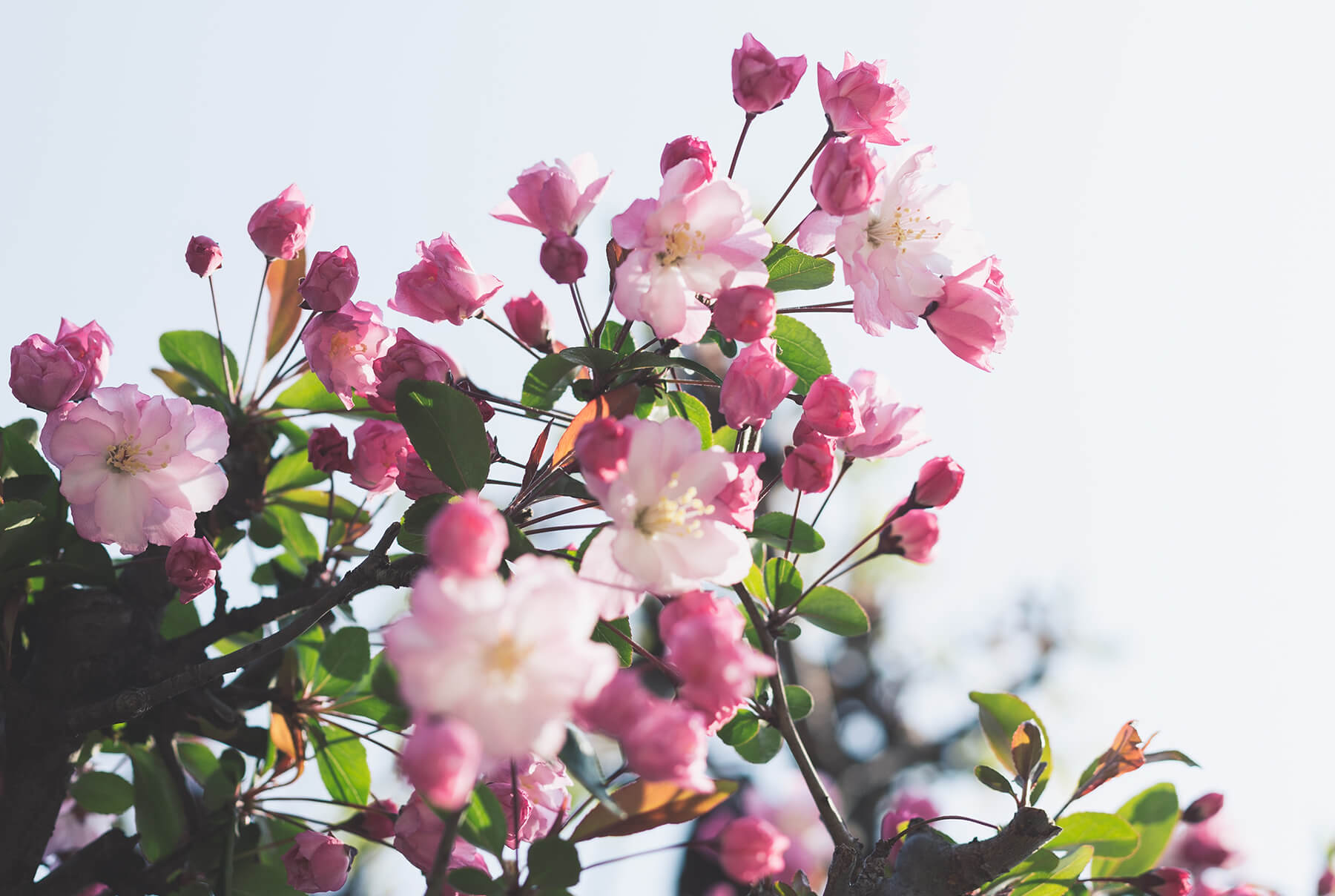
1 comment
So nice to have this information! Appreciate to this. Wold like to have more …
Olga Isaeva
Leave a comment
This site is protected by hCaptcha and the hCaptcha Privacy Policy and Terms of Service apply.